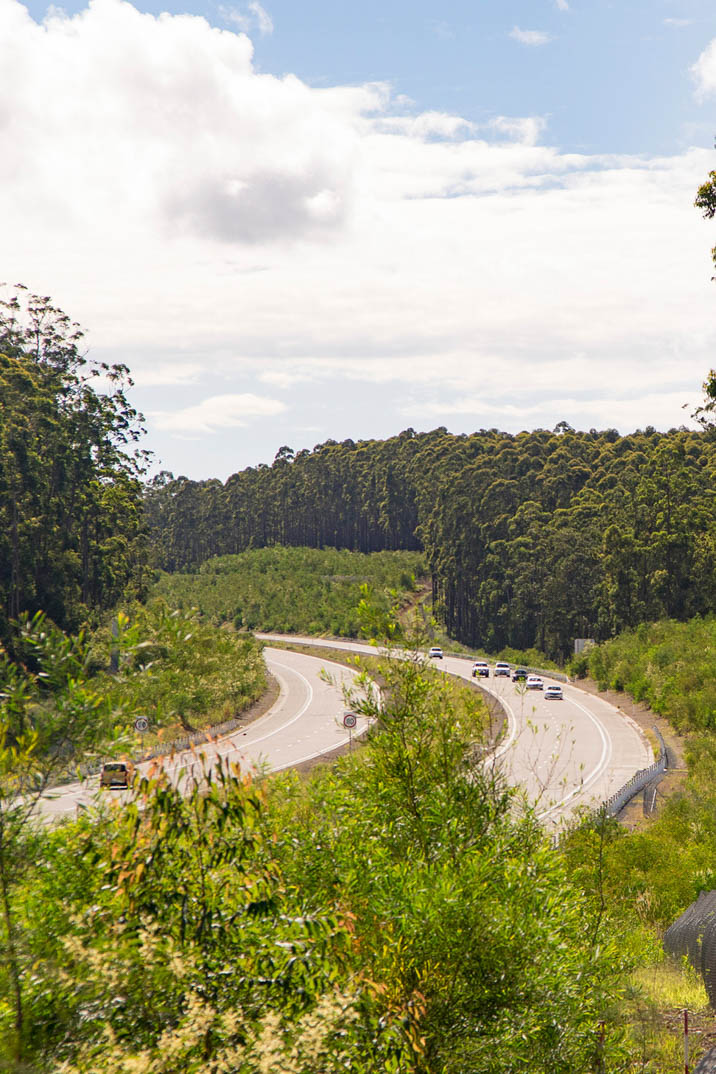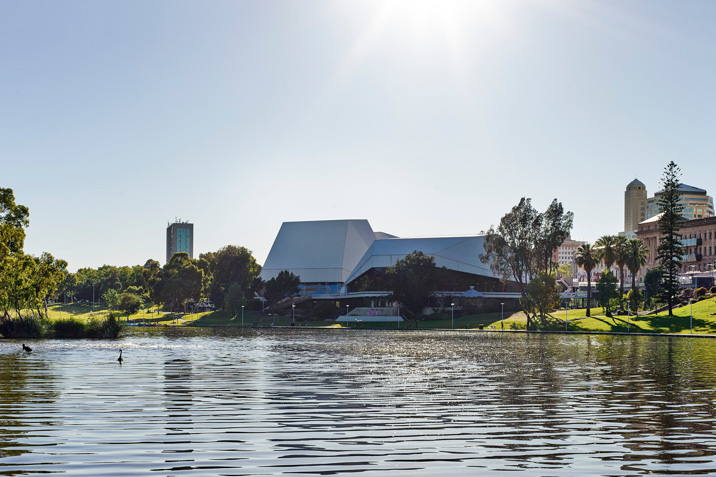Hassell’s latest report – Corridors: Designing linear infrastructure in a non-linear world – outlines how linear infrastructure (high streets, highways, waterways and railways) can and must be designed to deliver greater value.
The practice believes that a new approach to infrastructure must be made to boost sustainability and community satisfaction. The study aims to inform, inspire, and empower a worldwide transition to a more diverse, integrated, and outcome-oriented method of shaping linear space.
The global road, railway and waterway networks are so long that they could loop around the Earth 1,000 times over. With social and environmental costs of said networks rapidly increasing, Hassell believes societies the world over are at a crucial juncture.
“Designing corridors is not just about connecting A to B. We have to design a great experience between A and B too, for humans and nature alike,” says Angus Bruce, Hassell Head of Landscape Architecture.

Hassell believes that corridors should be created to deliver economic benefits, enhance social connectivity, and reduce habitat fragmentation. The practice believes they should be designed and managed as complex spaces, integrating a number of sectors and uses.
Hassell likens the report as a call to action for governments, infrastructure project consortia, engineers, and decision makers to plan, design and manage integrated infrastructure that will benefit the planet. Hassell says three determining factors must be considered: purpose, design and optimal outcomes.
Hassell’s Urban Research Lead Camilla Siggaard-Andersen says a holistic approach requires new motives, technologies and value definitions, while thinking beyond the traditional and novel concepts must be embraced.
“By publishing this report, we hope to urge collaborations between diverse stakeholders toward creating more sustainable, resilient, and community-oriented integrated infrastructure solutions,” she says.

Hassell has been directly involved in the planning, design, and construction of more than 100 corridors world-wide, totalling over 1,200 linear kilometres. Projects include the planting of 250,000 native plants to re-establish a natural habitat corridor in Adelaide, the West Bund Waterfront Public Realm, which reclaims former industrial wastelands in Shanghai to regenerate 11.4kms along the Huangpu River, and the Sydney’s Metro North West project.
Martin Knight, Managing Director Knight Architects, endorses the report, believing it is a valuable framework for creating holistic integrated infrastructure.
"As infrastructure designers, Knight Architects is all too familiar with the competing outcomes within corridor projects,” he says.
“Hassell's report is compelling in its scope and, crucially, it provides tools and a common language to facilitate action. This report should be on the meeting table from Day One of every corridor project."
To read the report in full, click here.
Images: Top – Williamstown Level Crossing Removal Project, Melbourne.
Middle – Pacific Highway Upgrade, NSW.
Bottom – River Torrens Linear Park, Adelaide.

